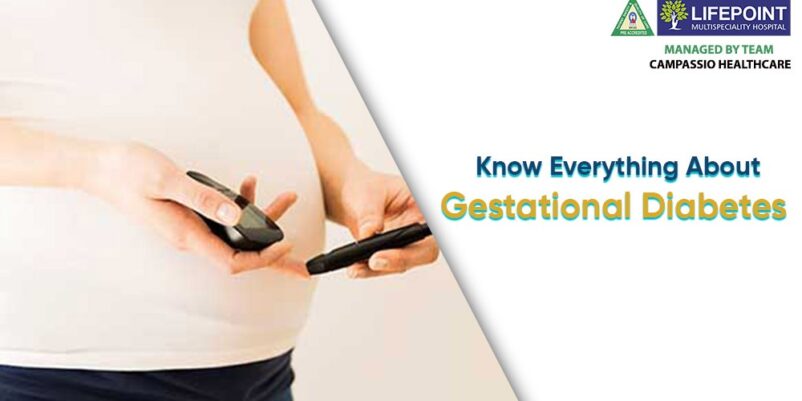In this article, let’s understand Gestational Diabetes and answer some burning questions such as the definition of Gestational Diabetes(aka GD), its symptoms, treatment, and a lot more. So, without beating around the bush, let’s get started.
What Is Gestational Diabetes(GD)?
Did you know 2-10% of US women experience GD? But what exactly is Gestational Diabetes? Let me explain to you here in detail.
GD is a condition of high blood sugar in pregnant women that usually occurs in 24 to 28 weeks. The most significant way to control or prevent GD is through a healthy diet and regular exercise. However, in a few cases, the women also need the aid of insulin.
Usually, GD affects only pregnant women aged over 25. According to the stats, GD is frequently seen in African, Asian, Hispanic, Native American, or Pacific Island women.
This is why doctors prescribe specific medicines providing adequate insulin to women during pregnancy. But what happens if it’s untreated and neglected? GD, if neglected, harms baby and mother in no time. So, make sure you take proper measures in case of GD.
Most people think GD occurs due to unnoticed Diabetes before pregnancy. GD occurs merely because of pregnancy. At the same time, the women with Type 1 and Type 2 diabetes face other sets of specific challenges that differ from GD.
Causes & Symptoms Of GD
Insulin is the culprit behind GD in most women. Insulin is an important hormone that helps to break complex glucose into simple sugars. However, if insulin fails to work, it leads to sugar accumulation causing Diabetes.
During pregnancy, hormonal changes are quite normal. Sometimes, these hormones interfere with various body functions and lead to complications. Similarly, if insulin doesn’t work in the right way during pregnancy, it leads to Gestational Diabetes.
Other Causes of GD:
● High BP
● Obesity
● Heart-related diseases
● Genetical GD(Inherit from ancestors)
● PCOS
● Passive lifestyle
● The birth of a previous baby over 9 pounds also causes GD.
A few symptoms of GD include nausea, excessive thirst, fatigue, frequent urination, etc. If you neglect it, it further leads to severe complications in mothers such as Type 2 Diabetes, Low BP, High BP, and Cesarean birth. While the baby perhaps suffers from Type 2 Diabetes, Obesity, Low BP, Premature Birth, and Respiratory problems.
Diagnosis & Treatment For GD
The placenta produces hormones to supply adequate oxygen and nutrients to the baby organs developing in the uterus between 24 and 28 weeks of pregnancy. As a result, the hormones most often interfere with insulin and lead to GD.
This is why GD is commonly diagnosed between 24 and 28 weeks of pregnancy. The healthcare providers take two key tests before determining GD. These include Glucose Challenge and Glucose Tolerance Tests.
How To Prevent GD?
A healthy diet and exercise are the best ways to prevent GD. Follow the below-given measures to prevent and control it.
● Choose a balanced diet with adequate carbohydrates, proteins, fat, fiber, and other essential minerals.
● Eat slowly and take smaller meals.
● Say no to processed, oily, or junk foods.
● Make sure you schedule your eating habits.
● Exercise well. Usually, exercising helps your body produce the required insulin. However, make sure you consult the doctor to know the most suitable exercises based on your age, weight, health condition, and fitness levels.

